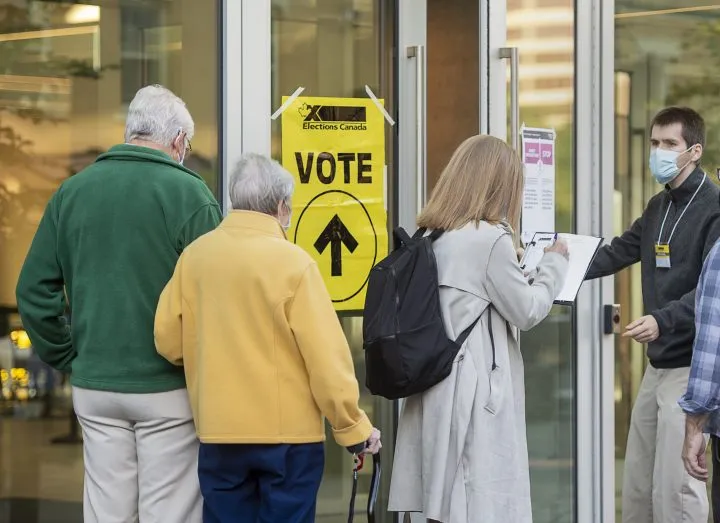News Flash
News Flash

OTTAWA, April 26, 2025 (BSS/AFP) - Canada holds an election on Monday after a campaign dominated by US President Donald Trump's trade war.
Prime Minister Mark Carney, the Liberal Party leader, is slightly favored in the polls, but the Conservative Party, headed by Pierre Poilievre, has closed the gap in recent days.
Here are some key facts about the vote.
- The date -
Canada had to hold elections no later than October 20. Former prime minister Justin Trudeau maintained that he wanted to seek a fourth mandate as prime minister, but announced his plans to resign on January 6.
Carney won the leadership of the governing Liberal Party on March 9, and replaced Trudeau as prime minister on March 14.
On March 23, he asked Governor General Mary Simon to dissolve parliament, triggering an early election on April 28.
The campaign was set to last 36 days -- the minimum time allowed by law.
- The house -
Canadians will elect 343 members of parliament to the House of Commons, an increase of five compared to the 2021 vote, reflecting the country's growing population.
Seats are won based on the first-past-the-post system.
Several parties can run candidates in an electoral district, also known as a "riding." The candidate with the most votes wins, regardless of whether they secured an absolute majority of votes.
If a party wins 172 seats, they secure a majority government. If no individual party wins a majority, the party with the most seats is typically given the chance to form a government, which requires having "the confidence of the house."
The party with the most seats can seek to form a minority government through formal coalition agreements with smaller parties, or try to govern through a series of informal or written agreements with other factions.
Trudeau's Liberals secured a majority in 2015, but have governed with a minority since 2019.
- The executive branch -
The prime minister is Canada's head of government.
The governor general is the British monarch's official representative in Canada -- a Commonwealth country -- and is appointed by the monarchy, on the advice of the prime minister. The governor general performs largely ceremonial and constitutional functions, with no political role.
King Charles III is head of state in Canada's constitutional monarchy.
- The last parliament -
Since Canada's founding in 1867, power has alternated between the Liberals and the Conservatives.
In the just-dissolved parliament, the Liberals held 152 seats and governed through most of the term with a supply-and-confidence agreement with the New Democratic Party, a left-wing progressive group, which held 24 seats. The NDP scrapped the agreement in September.
The Conservatives were the official opposition in the last parliament with 120 seats.
The Bloc Quebecois, which supports independence for Quebec and only runs candidates in the majority French-speaking province, held 33 seats.
The remaining seats were scattered between two Green Party members, three independents and four vacancies.